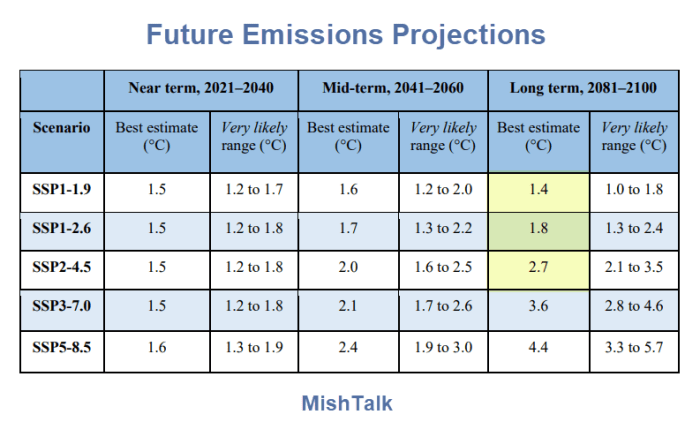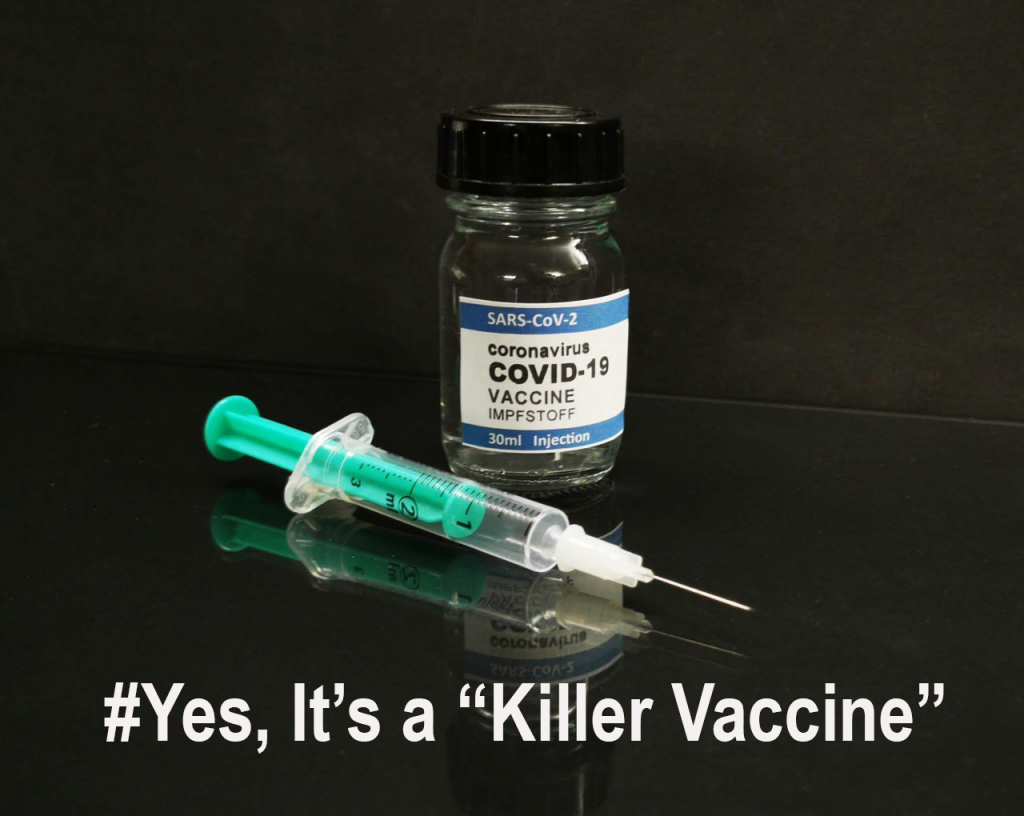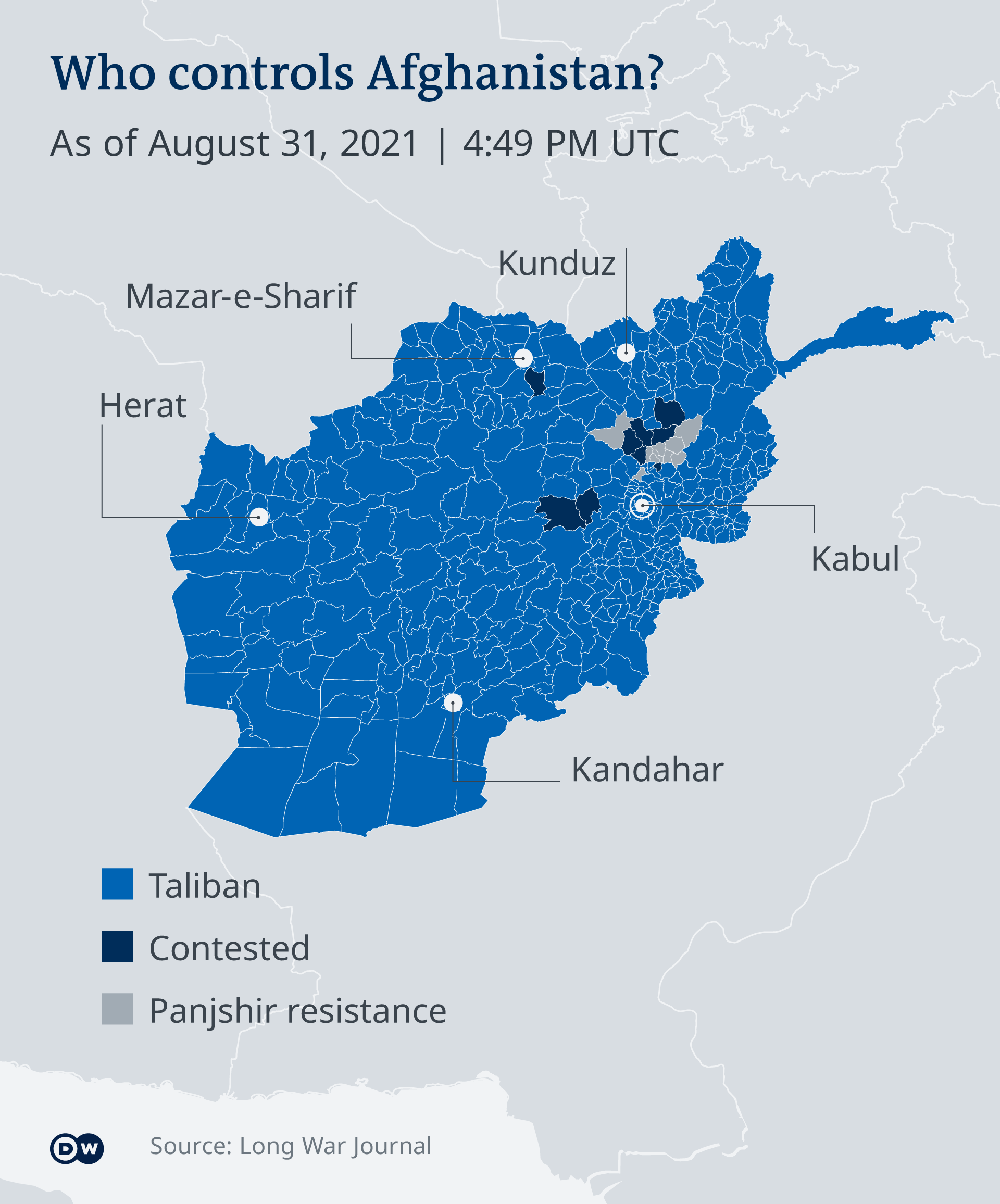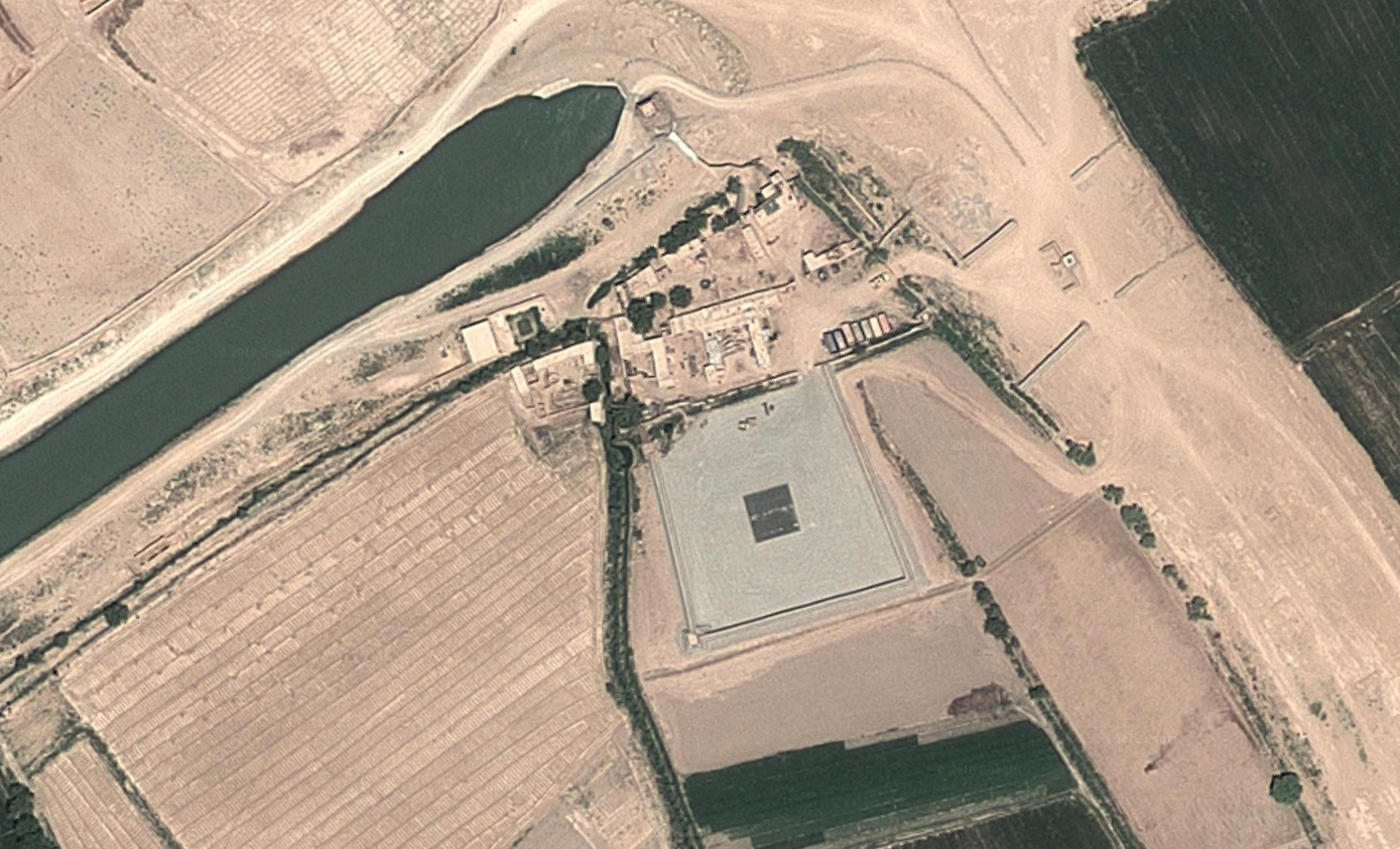All Global Research articles can be read in 51 languages by activating the “Translate Website” drop down menu on the top banner of our home page (Desktop version).
Visit and follow us on Instagram at @crg_globalresearch.
***
As a matter of ritual, every U.S. president invariably gets up on his lectern and extols the United States as the greatest country in the world, claiming it has a duty to export its superior governing institutions all around the world.
Yet citizens of the nation’s capital are exposed to toxins in their daily lives, including from military bases, and live in a very unhealthful environment. And their government consistently looks the other way—largely because elected officials are too timid to confront the military establishment or corporations that produce pollutants because they bring so many jobs to their district or state.
In late July, the District of Columbia’s Statehood Green Party (“Green Party”) sent a letter to Tommy Wells, Director of the Washington, D.C., Department of Energy & Environment, warning of unregulated Per- and polyfluoroalkyl substances (PFAS) contamination in the nation’s capital.
The left-wing party cited a study by the Sierra Club and the Ecology Center that found astronomical levels of toxic PFAS produced by DC Water’s Blue Plains Advanced Wastewater Treatment Plant in Bloom Soil Conditioner.
The product, sold in hardware stores in the District, contains 100% sewer sludge, euphemistically referred to as “biosolids.”
The firm SGS AXYS Analytical Services measured levels of PFAS chemicals in the soil products from nine garden fertilizers in eight states and the District of Columbia. Total PFAS ranged from 38,000 parts per trillion (ppt) to 223,000 ppt.
Bloom Soil Conditioner was the most contaminated at 223,000 ppt for all PFAS tested. The Bloom product contained 23,800 ppt of Perfluorooctanoic acid (PFOA) and 22,100 ppt of Perfluorooctane sulfonic acid (PFOS), two of the most toxic varieties of PFAS.
Ann Wilcox, a longtime DC Statehood Green Party leader and 2020 candidate for DC Council, said, “Our preliminary inquiry shows that PFAS are dangerous chemicals that must be regulated by the DC Government. We call on DC authorities to conduct comprehensive testing for PFAS in DC soil, water, and fish.”
Sewer sludge is poisonous and we are spreading it over our gardens and farm fields. The rains come and the waters drain into the aquifer and run into surface water. Both paths ultimately lead to human consumption. The stuff does not break down. PFOS may be the most frightening of all varieties of PFAS because it travels far in water and wildly bioaccumulates in fish.
The D.C. Government’s toxic sludge is spread on the city’s school gardens.
People catch catfish and bass in the Potomac just south of DC Water’s Blue Plains Advanced Wastewater Treatment Plant. They catch it and they eat it. What’s in the fish? Nobody gives a damn.
Michigan tested 2,841 fish for PFAS last year and found the average fish contained 80,000 ppt of PFAS. Almost all of it was PFOS. The state limits PFOS in drinking water to 16 ppt, but people can eat the contaminated fish on an unregulated basis.

Source: michiganradio.org
Ann Wilcox sounded an alarm on the quality of the water in the Potomac River in Washington. “We’re deeply concerned with the levels of PFAS in the wastewater that enters the Potomac from Blue Plains—and its impact on the fish.”
PFAS are unregulated by the U.S. government and the D.C. government, meaning that military and industrial sites are legally allowed to flush PFAS chemicals down wastewater drains where they settle in the solid materials during wastewater treatment.
Sonya Lunder, Senior Toxics Policy Adviser for the Sierra Club, said, “EPA and states must take swift action to enact strong standards to safeguard us from toxic PFAS continuing to flow into our wastewater and keep contaminated sewage wastes out of home gardens and farmlands.”
The Green Party is working in the nation’s capital to do the same.
*
The following is the Green Party’s compelling critique of DC Water’s website pertaining to PFAS, followed by an investigation of potential sources of PFAS entering Blue Plains.
DC Water – WHAT ARE PFAS/WHERE DO THEY COME FROM?
PFAS are a group of more than 3,000 man-made chemicals that are fire, oil, grease, water and stain resistant, and are found in a wide array of consumer and industrial products, including non-stick cookware, stain repellant, dental floss, cleaning products, and cosmetics.
Over the last 70 years, PFAS, like Teflon, have been used around the world to enhance everyday products. Exposure to humans can occur by eating, inhaling, or even touching the product. Some PFAS are now known to be bad for human health. While there are hundreds of banned PFAS, there are thousands more in existence, and more than 600 still used commercially in the United States.
Green Response – There are nearly 8,000 PFAS varieties that have been developed, while only two, PFOS and PFOA, are included in the EPA’s Lifetime Health Advisory of 70 ppt for drinking water.
The U.S. government, the DOD, and manufacturers like 3M have known these chemicals are harmful for 50 years. The use of aqueous film-forming foam, or AFFF is one the most likely sources of PFAS in our drinking water. AFFF is the active ingredient in fire-fighting foams used by the four branches of the military, as well as the Coast Guard, and, very likely, DC Fire.

Source: credit-suisse.com
Consuming seafood caught from waters contaminated with PFAS is the primary source of the contamination in our bodies. The European Food Safety Authority EFSA estimates that fish and other seafood account for up to 86% of dietary PFAS exposure in adults. Foods grown in soils treated with sewer sludge, euphemistically called “biosolids,” are the second most prevalent pathway for human exposure.
Water is a distant third, although it is still a significant source for contamination. The people catching catfish and bass and other species from the Anacostia and Potomac rivers are likely to be the most endangered, although we can’t say for sure until a robust testing regime is carried out by a truly independent firm for the surface waters and aquatic life in the District.
DC Water – WHY ARE PFAS A PROBLEM?
PFAS do not break down or go away in the environment. In fact, these compounds have been found in rainwater samples, and one or more PFAS is found in the blood of most Americans, at low levels.
However, this does not mean they will cause a health problem. Research is ongoing to understand the human health effects from the compounds, and the EPA and the U.S. Centers for Disease Control and Prevention describe the health effects from exposure to low environmental levels of PFAS as uncertain.
Green Response – It’s time to update your website. New findings confirming disastrous health impacts are being published almost every day. In May 2021, the Agency for Toxic Substances and Disease Registry (ATSDR), published its Toxicological Profile for Perfluoroalkyls. They summarize their findings:
“Evidence from epidemiological studies suggest associations between perfluoroalkyl exposure and several health outcomes including liver damage, increases in serum lipids, thyroid disease, immune effects, reproductive toxicity, and developmental toxicity. The primary health effects observed in laboratory animals are liver, developmental, and immune toxicity.”
Pub Med, a publication of the NIH’s National Library of Medicine, is an amazing resource https://pubmed.ncbi.nlm.nih.gov/ Simply search for an individual PFAS by its acronym. For instance, a search for PFOA returns 3,210 results, like this: J Endocrinol Invest 2017 Feb;40(2):105-121. doi: 10.1007/s40618-016-0572-z. Epub 2016 Nov 11. Thyroid disruption by perfluorooctane sulfonate (PFOS) and perfluorooctanoate (PFOA) F Coperchini 1, et al.
No one should have PFAS in their blood. The toxins don’t break down in our bodies and they typically bioaccumulate. PFAS are a very real threat to the residents of Washington, D.C. The Environmental Working Group says we ought to limit PFAS consumption in water to 1 part per trillion per day.
DC Water – HOW DOES PFAS GET INTO WATER SUPPLIES?
The main sources of PFAS contamination in water are industries that make or use PFAS in their products, and military bases and airfields that have conducted fire-fighting training. The PFAS gets into wastewater and stormwater and runs off into streams, rivers or groundwater.
Green Response – DC Water left out landfills and transfer stations, both present and past.
In 2019, three mattresses, two box springs, two couches, and one chair were pulled out of the waste stream at the Coventry Landfill in Vermont and tested for per- and polyfluoroalkyl substances (PFAS) chemicals. Small swatches of fabric were analyzed and found to contain a combined concentration of 1,215,330 ppt of PFAS. (See Appendix C)

Source: pcconcstruction.com
DC Water – WHAT ABOUT THE DISTRICT’S DRINKING WATER?
In 2014, DC Water and other utilities that use water from the Potomac River tested drinking water supplies for several PFAS. No detectable levels of these compounds were found in D.C.’s drinking water. These test results were published at www.dcwater.com/UCMR3results (Unregulated Contaminant Monitoring Rule, UCMR3)
Newer, more precise methods of testing have been developed since the 2014 testing to detect extremely low levels of PFAS. The Environmental Working Group recently released a study which detected PFAS in District drinking water at levels well below any established EPA health advisory for these compounds.
Green Response—At the time of the UCMR3 monitoring, the laboratory minimum reporting levels required by EPA for the six PFAS compounds tested varied from 10 ppt to 90 ppt per compound. Some of the laboratories that analyzed the samples taken during UCMR3 achieved lower reporting limits than those required by EPA, but only reported concentrations greater than EPA’s required reporting limits.
The PFAS levels in Washington, D.C., in 2014 are likely much higher than the 21.7 ppt officially announced. People in Washington, D.C., who have been drinking the city’s water for many years have accumulated high levels of PFAS in their bodies.
UCMR3
Detection Detection
PFAS Min. Limits – 2014 Min. Limits Today
PFOA 20 ppt 2 ppt
PFOS 40 ppt 4 ppt
PFHxS 30 ppt 3 ppt
PFHpA 10 ppt 2 ppt
PFNA 20 ppt 2 ppt
PFBS 90 ppt 9 ppt
To take this to mathematical extremes, the chart illustrates that samples collected in 2014 could have contained values up to the following levels that would not have been reported:
PFOA 19
PFOS 39
PFHxS 29
PFHpA 9
PFNA 19
PFBS 89
Massachusetts is one of several states to establish maximum contamination levels for PFAS in drinking water. The state limits the following six compounds to 20 parts per trillion: PFOS, PFOA, PFHxS, PFNA, PFHpA, and PFDA.
All of D.C.’s water comes from the Potomac so we must analyze that source. There are military installations, industrial sites, and wastewater treatment plants up and down the Potomac north of Washington that discharge PFAS into the river, although we do not have test results. Maryland owns the Potomac and has not been forthcoming. [NOTE: I’m not sure what he means by Maryland “owns” the Potomac. It starts in West Virginia and forms the border between West Virginia and Virginia for some of its flow; most of it flows through Maryland into the Chesapeake.]
The Blue Plains Advanced Wastewater Treatment Plant
There does not appear to be any type of regulatory oversight in the District of Columbia for PFAS. There is no mention of PFAS in the current Blue Plains #DC0021199 Authorization to Discharge under the National Pollutant Discharge Elimination System permit.

Filtrate treatment facility at Blue Plains. [Source: pconstruction.com]
PFAS is not monitored in the influent, effluent, or sludge at Blue Plains. See “Our Pretreatment Program Protects Your Waterways.” Then download this spreadsheet report:
The following military sites are known to use PFAS and discharge waste to Blue Plains:
- Joint Base Andrews (through Piscataway WWTP, then to Blue Plains)
- Naval Support Activity Bethesda, MD
- Fort Detrick – Forest Glen
- Naval Research Lab
- Naval Support Facility Carderock
- Joint Base Anacostia-Bolling

PFAS have been found contaminating groundwater at or near a number of airports and military air bases that use or used PFAS-containing foam to suppress fires. In this 2013 photo, a fire crew at Dover Air Force Base in Delaware responded to a massive inadvertent foam release from a hangar fire suppression system. [Source: stardem.com]
Documentation of PFAS use at military installations in the Washington, D.C. area:
Joint Base Andrews
Andrews sends sewage to Piscataway WWTP and the Piscataway WWTP sends its sewage to Blue Plains.
The Air Force has contaminated the groundwater at Joint Base Andrews with 39,700 parts per trillion of PFAS chemicals according to a report released by the Air Force in May 2018. The base, known as the “Home of Air Force One” is located about ten miles southeast of Washington.
The base pollutes the Potomac and Patuxent rivers. Groundwater from numerous sites on base where PFAS-laden foams were used move east toward the Patuxent as well as west toward the Potomac.
Meanwhile, surface water from the base travels to Piscataway Creek, Cabin Branch Creek, Henson Creek, and Meetinghouse Branch, emptying waters into both rivers. PFAS may travel for miles. It contaminates fish and sickens people who consume it.

Areas where carcinogenic fire-fighting foams were routinely used are shown in red. Fire Training Area (FT-04) is shown at the southeast corner of the runway. Groundwater there was found to contain extremely high levels of PFAS. [Source: worldbeyondwar.org]
The Burn Pits
Fire training areas (FTAs) consisted of a 200-300-foot diameter burn pit. During fire training activities, the burn pit was saturated with water before an estimated 1,000 to 2,000 gallons of flammable liquids were added to the burn pit and ignited.
They used oil and mixed it with jet fuel.
Thousands of gallons of foam solution were applied during a given event, while a teaspoon of the substance is capable of poisoning a city’s entire drinking water reservoir.
The fire training area shown above at the southeast corner of the runway was used for fire training activities from 1973 to 1990. Weekly exercises were conducted consisting of igniting combustible liquids in the burn pit and extinguishing the resulting fire with AFFF.
Huge mushroom clouds of toxic chemical smoke and dust would form. The Air Force did not bother to track the quantity of AFFF used during these exercises.
Excess fluids generated during the exercises flowed across the burn area. Residual foam and water passed into the gravel bottom leaching pond. Liquids typically seeped through the gravel into the ground, but the leaching pond often became plugged, causing the pond to overflow onto the ground surface in the area.
The pit was also used for time and distance testing for fire trucks using AFFF. Historically, testing is conducted several times a year to test the fire truck settings to ensure proper equipment operation, especially at a distance.
The Air Force made a mess of things just a few miles south of Washington, using the carcinogenic foams at multiple locations at JB Andrews:
- Several Fire Training areas;
- Hangars 16, 11, 6, 7;
- Fire Station Building 3629;
- Former Hale Berry Farm; abd
- Former Brandywine DRMO Yard (8 miles from base).

Burn pit exposure video. [Source: vetshq.com]
The Brandywine Defense Reutilization and Marketing Office (DRMO)
The Brandywine site is an inactive DOD facility on eight acres approximately eight miles south-southeast of Joint Base Andrews. Records indicate there were two burn pits used for disposal and burning of waste. PFAS was also found due to improper storage of AFFF. Groundwater and surface water from the site drain into the Potomac River. The Air Force has promised to investigate the lethal plume in the future.
Naval Support Activity, Bethesda, Maryland
Bethesda is included in a database compiled by the Department of Defense Environmental Restoration Program (DERP – no longer online) showing sites with potential PFAS contamination. The former lab disposal area has been designated as an area of concern (AOC). Bethesda is responsible for base operational support for its major tenant, the Walter Reed National Military Medical Center.
Fort Detrick Annex, Forest Glen, Maryland
The Army is conducting a preliminary assessment of PFAS usage at the Forest Glen Annex, Silver Spring. The facility is located just a few hundred feet from Rock Creek, a major tributary of the Potomac River. [NOTE: Being a resident of this area, I would drop the reference to “Forest Glen” as a location and just use “Silver Spring.” In other words, in the sub-head use “Silver Spring” (as the location) instead of “Forest Glen” but keep the reference to the “Forest Glen Annex” (because that’s more like a title). “Forest Glen” is a very small section of the city of Silver Spring.]
Fort Detrick, Frederick, Maryland
The Army is conducting a preliminary assessment of PFAS contamination at their bioweapons facility at Fort Detrick, 45 miles north of Washington. The Fort Detrick Wastewater Treatment Plant is a secret federal facility and it discharges wastewater into the Monocacy River, a major tributary of the Potomac River.
Fort Detrick’s treatment plant is a frightening cauldron.
“For a charm of powerful trouble,
Like a hell-broth boil and bubble.
Double, double toil and trouble,
Fire burn and cauldron bubble.” – Shakespeare, from Macbeth.
The Army has been using PFAS since the early 1970s but recent public scrutiny has put these practices under the microscope. We still do not have data on PFAS in sewer sludge, wastewater, surface water, or fish from the Fort Detrick facility. It is kept a secret at Fort Detrick, like the details of the bioweapons program.
Although America’s mainstream media prefer not to shine light on Fort Detrick, the cancer cluster surrounding the base makes for a compelling graphic.

Fort Detrick cancer clusters. [Source: kristenrenee.org]

Source: paenvironmentaldaily.blogspot.com
Naval Research Laboratory, Washington, D.C.
We have no information on PFAS contamination at the Washington Navy Yard, located on the Anacostia River, close to its confluence with the Potomac. It is one of the most contaminated patches of real estate in the country. The ground adjacent to the river is contaminated with tetrachloride, cyanide, perchloroethylene, carbon tetrachloride, dichloroethene, vinyl chloride, lead, and heavy metals, acids, cleaners, caustics, iridite and alkaline, lead, chromium, cadmium, antimony, polychlorinated biphenyls (PCBs) and dioxins.

To explore this dynamic website deeper, click on source. [Source: propublica.org]
Meanwhile, the D.C. government says it is OK to eat four servings per month of sunfish, or three servings per month of blue catfish or white perch, or two servings per month of largemouth bass, or one serving per month of brown bullhead catfish or channel catfish caught from the Potomac or the Anacostia rivers. The public is told not to consume eel, carp or striped bass from the District’s waters. The District’s fish advisory does not mention PFAS because it is not considered to be a hazardous substance by the D.C. or federal governments.
The Naval Research Laboratory, Chesapeake Bay Detachment
The NRL-CBD, as the Navy prefers to call it, is located in Chesapeake Beach, Maryland, about 30 miles from D.C. The Navy disclosed in May that the base was found to have more than 8,000,000 ppt of PFOS/PFOA in the soil. This is likely be the highest concentration of carcinogens in the environment anywhere on earth.
The runoff from the base drains into the Chesapeake Bay. Streams leaving the base en route to the bay contain more than 5,000 ppt of PFAS, contaminating much of the central region of the Chesapeake. The Wisconsin Department of the Environment says 2 ppt of PFAS in surface waters endanger public health due to the bioaccumulative nature of these chemicals in fish.
Scientists and arsonists from the Washington Navy Yard have descended on the little town of Chesapeake Beach since 1968 to ignite enormous fires and douse them with carcinogenic foams. Aqueous film-forming foam containing PFAS has been in use here longer than anywhere.
Naval Support Facility Carderock
The DOD has identified the Carderock Division of the Naval Surface Warfare Center in Bethesda, Maryland, as an installation with a “known or suspected release of PFOS/PFOA.” No other information is known on this base regarding PFAS contamination. The facility is adjacent to the picturesque C&O Canal and the Potomac River five miles north of Washington.

Joint Base Anacostia-Bolling [Source: ucsusa.org]
Joint Base Anacostia-Bolling
The sewage from Joint Base Anacostia-Bolling is sent to Blue Plains which is located immediately south of the base on the Potomac River. We do not know how much PFAS is contained within the sewage.
The U.S. Air Force Civil Engineer Center contains no record of PFAS contamination present in the groundwater, soil, etc., at the old Bolling AFB site. To gain a perspective of the nature of the problem, see this list of the 100 most contaminated military sites across the country.
The Army’s burn pit at Fort Meade, located on the Little Patuxent River 22 miles northeast of Washington, is heavily contaminated. The groundwater contains 89,000 ppt of PFOS/PFOA. Several states limit the sum of these compounds to less than 20 ppt in groundwater.
The Army reported in 2018 that PFAS was not migrating off-site. This is pretty tough to believe, considering the migration of these chemicals has been documented from more than a hundred U.S. military installations around the world.
It would not be difficult for environmentalists to test the surface water flowing out of the base and test the private wells near the facility to confirm this. The State of Maryland, however, has shown no interest in tangling with the DOD in this regard. The Little Patuxent River runs alongside the burn pit.
The White Oak – Naval Surface Warfare Center Dahlgren Division Detachment in Silver Spring, Maryland
White Oak is a former Navy laboratory for naval surface warfare research that closed in 1997. The Pentagon reported in 2018 that the facility had contaminated groundwater with a concentration of 1,365 ppt of PFOA + PFOA.
AFFF was used at the Site 5 and Site 7 burn pits. A preliminary assessment has been completed and some soil and groundwater sampling has been done, although those results have not been made public.
We should expect results from a new round of testing soon. The facility lies in an area of gently rolling hills, adjacent to Paint Branch, a tributary of the Anacostia River in Washington. The creek dominates the local drainage patterns.
More in the region
Bay Head Road Annex, Annapolis, is a former facility used by the Naval Weapons Facility. AFFF was used for fire training on a concrete burn pad, leaving groundwater concentrations at 70,000 ppt. The site is now home to the Children’s Theater of Annapolis. Waters drain into the Chesapeake Bay. PFAS has also been found at the Naval Support Activity Annapolis (NSAA), and the David Taylor Research Center, Annapolis. The Navy has not published the levels of contamination there.

Numbered sites identify potentially lethal contamination. The burn pit is located at the newly added Site 71 at Indian Head. [Source: worldbeyondwar.com]
Naval Surface Warfare Center, Indian Head, Maryland, is one of the most severely contaminated patches of ground anywhere on the planet. It has been used as an explosives training and dumping ground for the Navy since the Spanish-American War. The facility is located 25 miles south of Washington on the Potomac River.
The Navy has reported that there are five sites that “have the potential to be contaminated with PFAS.” The public has been promised data on PFAS levels by August of 2021. The media leaves this place alone while the public is not engaged.

The Naval Surface Warfare Center, Indian Head, Maryland, is one of the most severely contaminated patches of ground anywhere on the planet. [Source: wikipedia.org]
And who knows if the local community would be concerned that a Norwegian firm, NAMMO, has been invited by the Navy to manufacture and then test its rockets in the river? The weapons manufacturer brings jobs to the D.C. area.
For his part, Maryland’s Majority Leader of the House of Representatives, Steny Hoyer, ”celebrates” the environmental catastrophe. In 2017 he attended a ceremony at Indian Head where he said “This new partnership (with the Norwegian arms maker, NAMMO) comes amid celebrations of the seventy-fifth anniversary of explosive ordnance disposal in the Navy, which we’ve been celebrating since August.” [NOTE: I’m guessing that the words in parentheses should probably be inside brackets because they were not part of the original quote.]
The Norwegians are extremely sensitive about testing these weapons in their own waters. NAMMO manufactures lead-free bullets for the Norwegian military.
Wherever weapons systems are tested, we find high levels of PFAS contamination.
(See Norwegian missile maker to open plant at Navy facility in Indian Head)

Loading Norwegian rockets to be tested in the Potomac River from the Indian Head Surface Warfare Center. Norwegians are sensitive about testing ballistics in their environmentally pristine fjords. [Source: Photo courtesy of Pat Elder]
The Naval Air Station NAS Patuxent River
Pax River, as it is known, is 75 miles southeast of Washington. The base recently reported PFAS with a concentration of 37,000 parts per trillion in the groundwater adjacent to the Chesapeake Bay. Pax River recently dumped 2,500 gallons of super-concentrated AFFF into the local St. Mary’s County wastewater treatment plant.
The overhead suppression system accidentally went off, a regular occurrence in the hangar on base and in facilities around the world. The treatment facility promptly pumped the super-concentrated toxins through pipes two miles into the middle of the bay where charter fishing boats bring anglers to fish for the contaminated striped bass, known as rockfish, in the Chesapeake region.
See “The Captain and the Foam: The Navy is misleading a maryland community on PFAS dangers” and “Interview with George Erichsen, Director, St. Mary’s County (MD) Metropolitan Commission.“

Highly toxic PFAS foam gathers on the beach 1,800 feet across St. Inigoes Creek from Webster Field, shown in the background. [Photo by Pat Elder]
Webster Field Annex of the Patuxent River Naval Air Station
Webster Field reported 87,000 ppt of PFAS in the groundwater leaching into a tributary of the Potomac close to the Chesapeake Bay about 80 miles south of D.C. Rockfish near the base contain 23,100 ppt of the toxins. The crabs and oysters are poisoned as well. Despite pressure from the public, the Maryland Department of Health has not posted health warnings regarding PFAS levels in seafood or the foam. Children have been seen playing in the foam on the state’s beaches.
See “30 Questions for the Navy, EPA, and Maryland Department of the Environment regarding recent disclosures of PFAS contamination from the Patuxent River Naval Air Station in St. Mary’s County, Maryland.“
Aberdeen Proving Ground
Aberdeen has been used by the Army since World War I. It is located on the Chesapeake Bay, 70 miles northeast of Washington. The Army has reported several areas of PFAS contamination although they have yet to divulge the levels. A kayak trip last summer by the author and others revealed that Channel Creek, which flows into the Gunpowder River near its mouth with the Chesapeake, was fully covered in several inches of foam.
From the Green Party
We don’t know whether these facilities deliver PFAS-laden sewage or leachate to Blue Plains, although this is a common practice nationwide. Leachate is contaminated liquid that moves through the soil and into groundwater and surface water.
We don’t know the levels of these chemicals in the river and in aquatic life. We don’t know the levels of PFAS contamination in the sludge leaving the plant that is likely spread on agricultural fields. We don’t know where the sludge is spread and the levels of contamination in the soils and agricultural produce grown on the contaminated farms. We want to find out.
Six directors of environmental agencies in New England wrote a historic letter to incoming EPA chief Michael Regan in early February 2021.
The environmental chiefs pleaded with the EPA to step up to develop PFAS surface water standards and fish consumption guidance values. They made it clear that wastewater treatment plants are the source of much of the PFAS contamination crisis.
PFAS entering wastewater treatment facilities from commercial, military, industrial, waste, and residential sources is not removed from the effluent at Blue Plains or anywhere else. Special Projects Manager Ned Beecher of the North East Biosolids & Residuals Association (NEBRA) says all wastewater contains PFAS. He would know.
The EPA hasn’t been much help. The EPA’s interim guidance on PFAS tells us they’re not sure how to manage PFAS. They’re uncertain about how to handle wastewater saturated with PFAS. They don’t know very much about incineration and how bad it likely is.
They don’t know the extent of PFAS-tainted leachate that seeps from landfills, and the EPA is not sure about the contamination caused by spreading PFAS-poisoned sewer sludge on farm fields. They just don’t know what to do, so they’ve decided not to regulate the stuff in any meaningful way, while agreeing to study it more. It’s been their playbook since way before the Trump disaster. We’ll see if the Biden administration gets tougher.
The point here is that it is up to the D.C. government to take measures to protect public health from the ravages of these chemicals.
The Fort Totten Transfer Station houses roughly two-thirds of the District’s waste while the Benning Road Transfer Station receives the other third. 3,000 tons a day are shipped to Covanta Fairfax Waste-to-Energy.

Fort Totten Transfer Station. [Source: zerowaste.dc.gov]
Covanta says its plant takes non-hazardous waste – otherwise destined for the landfill – and incinerates it to generate electricity. If we consider the couch and the carpet from Vermont’s landfill, it is certain Covanta is burning hazardous waste and sprinkling toxic powder on communities in Fairfax County. We say PFAS is hazardous. The EPA does not, so Covanta can burn it.
The District also sends waste with unspecified amounts of PFAS to the following locations:
- Annapolis Junction Transfer Station, Jessup, MD
- GeoCycle Waste to Energy, 2175 Gardner Blvd, Holly Hill, SC
- Covanta Energy Corporation Waste to Energy, Lorton, VA
- Alexandria Waste to Energy, Alexandria, VA
- Wheelabrator Baltimore Waste to Energy, Baltimore, MD
We have so many questions.
How is the leachate handled from these stations and from retired landfills? Specifically, where does the leachate from the old landfill at Joint Base Anacostia Bolling go? Are industrial discharges to Blue Plains coming from JB Anacostia-Bolling? Where does the leachate from the old Kenilworth Landfill go?
Ann Wilcox, with the DC Statehood Green Party, said she expects a response to the letter from Tommy Wells, D.C.’s environmental chief.
*
Note to readers: Please click the share buttons above or below. Follow us on Instagram, @crg_globalresearch. Forward this article to your email lists. Crosspost on your blog site, internet forums. etc.
Pat Elder is a peace and environmental activist who has run for Congress on the Green Party ticket in Southern Maryland. He can be reached at: [email protected].
Featured image: D.C. Water treats wastewater from the District of Columbia, Maryland, and Virginia at the Blue Plains Advanced Wastewater Treatment Plant. [Source: dcwater.com]























































































